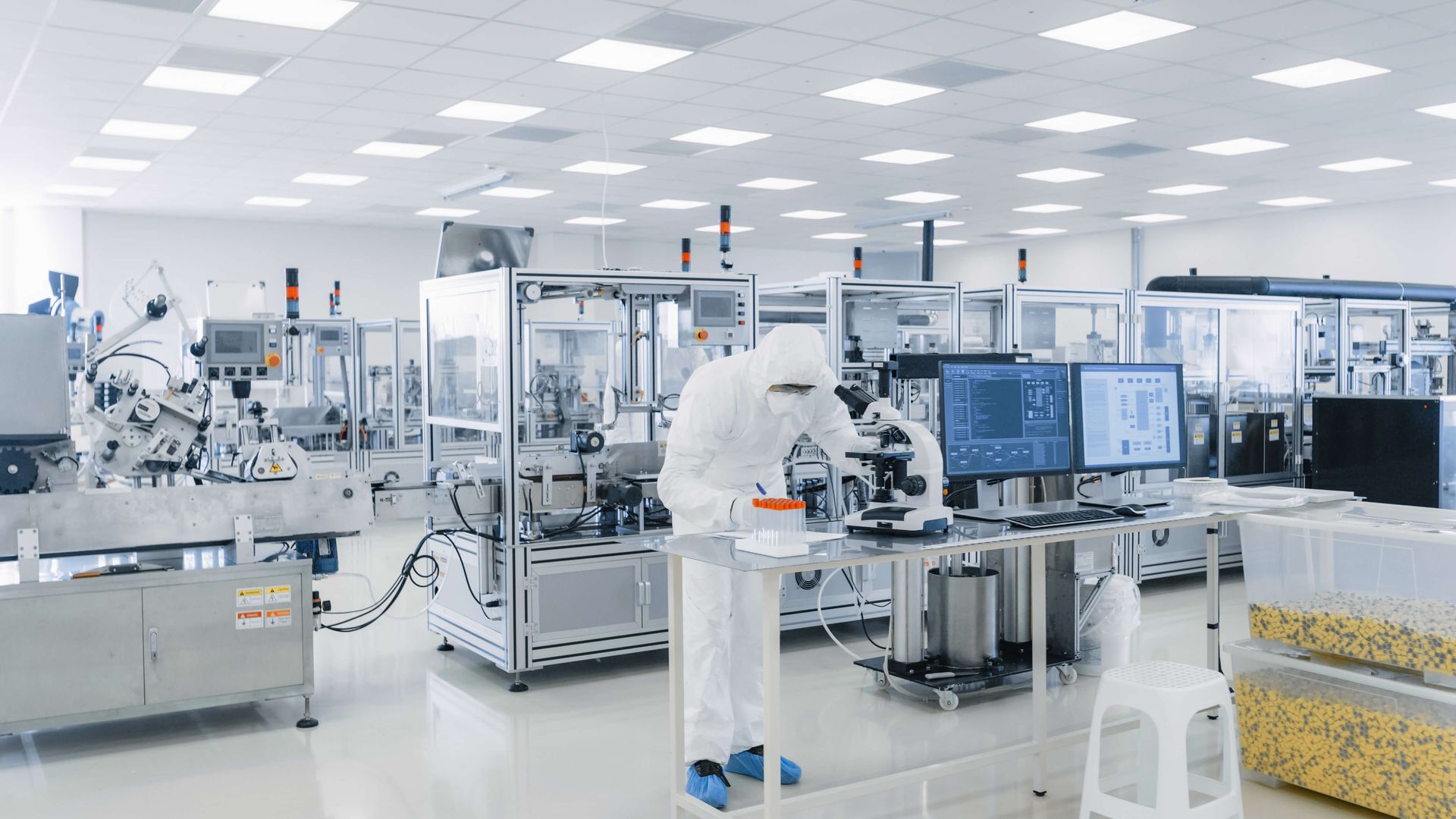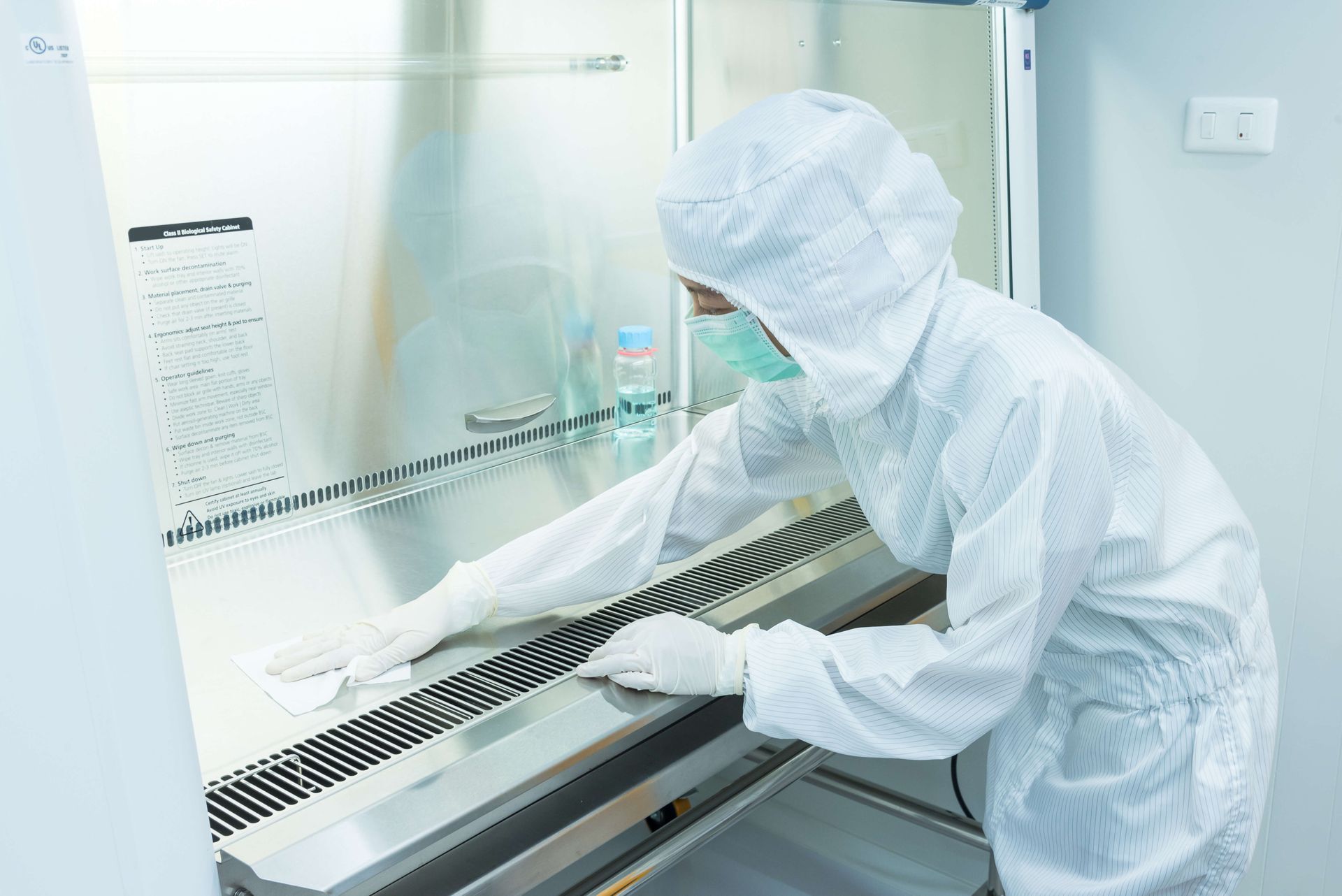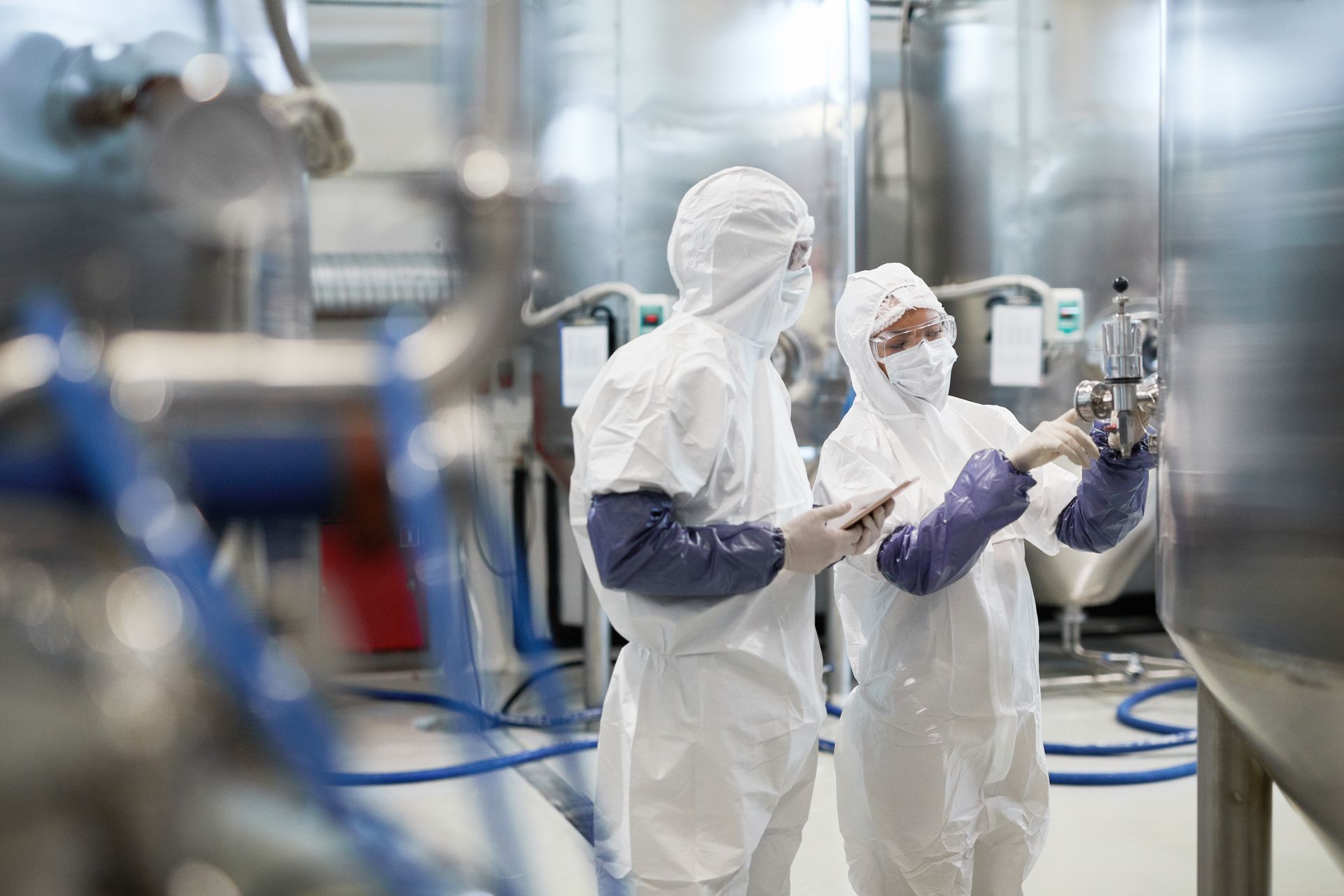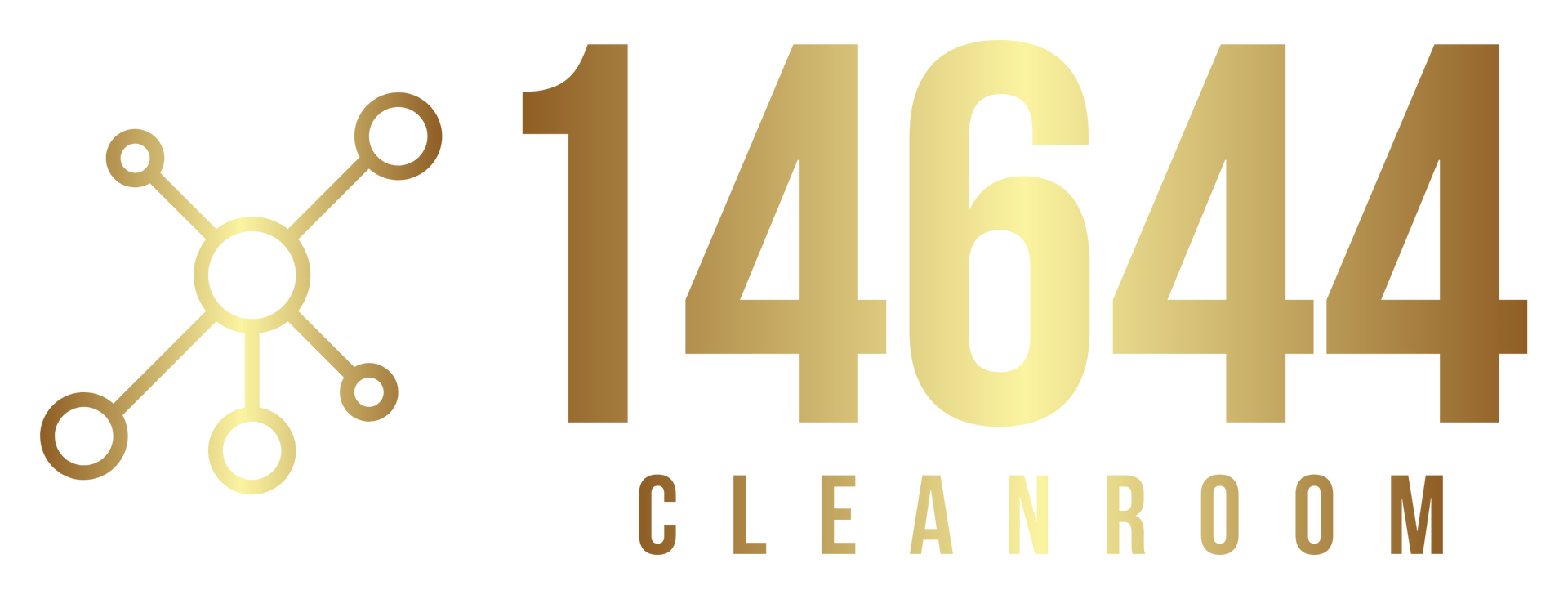Cleanroom Compliance: Legal and Regulatory Aspects

Introduction
Cleanrooms are essential for industries where contamination control is critical to ensuring product quality, safety, and regulatory compliance. Whether in pharmaceuticals, biotechnology, aerospace, semiconductor manufacturing, or medical device production, cleanrooms are designed to maintain controlled environments to minimize particulate contamination. These controlled environments must adhere to strict guidelines, standards, and regulations to ensure they meet safety, health, and environmental requirements.
In this article, we will explore the legal and regulatory aspects of cleanroom compliance. We will focus on the standards that govern cleanroom operations, the legal implications of non-compliance, and the various frameworks that help businesses operate within the parameters of health, safety, and environmental regulations. We will also look at the importance of certification and the role of audits and inspections in maintaining cleanroom standards.
Legal and Regulatory Standards for Cleanrooms
There are various regulatory bodies and standards that govern cleanroom design, operations, and performance. These standards ensure that cleanrooms operate within safe and controlled environments, particularly in industries where contamination could have serious consequences.
1. ISO 14644: The Global Standard for Cleanroom Classifications
ISO 14644, developed by the International Organization for Standardization (ISO), is the most widely recognized global standard for cleanroom operations. It is essential for establishing cleanroom classifications based on the level of particulate contamination in the air. The standard defines air cleanliness by the number of airborne particles per volume of air, typically measured in particles per cubic meter, for different particle sizes.
ISO 14644 is divided into several parts:
- ISO 14644-1: Defines cleanroom classification based on particulate cleanliness.
- ISO 14644-2: Provides guidelines on the monitoring of cleanrooms and controlled environments.
- ISO 14644-3: Specifies testing methods for air cleanliness.
- ISO 14644-4: Provides guidelines for design, construction, and operation of cleanrooms.
The classification is defined by ISO 14644-1, which assigns a class number to cleanrooms, such as ISO Class 1 to ISO Class 9. Each class has different limits for the maximum allowable particulate count, with ISO Class 1 being the cleanest and most stringent. These classifications are critical for industries like pharmaceuticals and semiconductor manufacturing, where the cleanliness of the air directly impacts the quality of products and processes.
2. Good Manufacturing Practices (GMP)
Good Manufacturing Practices (GMP) are a set of regulations set forth by authorities like the U.S. Food and Drug Administration (FDA), the European Medicines Agency (EMA), and other national regulatory bodies. These practices ensure that products are consistently produced and controlled according to quality standards.
For cleanrooms, GMP guidelines include provisions for environmental control, including temperature, humidity, and particulate contamination. GMP also addresses cleanroom maintenance, personnel hygiene, gowning procedures, cleaning schedules, and equipment handling—all of which must be followed to minimize the risk of contamination in environments where drugs, medical devices, and other sensitive products are manufactured.
Non-compliance with GMP regulations can lead to severe consequences, such as product recalls, fines, or even shutdowns of manufacturing operations. Compliance is, therefore, essential not just for maintaining product quality but also for protecting public health and safety.
3. The Food and Drug Administration (FDA)
The FDA is responsible for ensuring the safety and effectiveness of drugs, medical devices, and other healthcare products in the United States. The FDA's guidelines for cleanroom operations, particularly in the pharmaceutical and medical device sectors, align with GMP requirements. Specific provisions from the FDA, such as 21 CFR Part 210 and Part 211, address cleanroom conditions, which include air quality, temperature and humidity control, and sterilization procedures.
The FDA requires that companies adhere to these regulations to ensure that their cleanrooms provide a controlled environment for drug and device manufacturing. Any deviation from FDA guidelines can lead to warnings, citations, and regulatory action.
4. European Union (EU) Regulations
The European Medicines Agency (EMA) oversees the regulation of pharmaceuticals and medical devices within the European Union. The EMA follows the EU’s GMP guidelines and has specific requirements for cleanroom standards, which are similar to those established by the FDA.
In addition to GMP, the EU also follows other regulations like the European Union Medical Device Regulation (MDR) and In Vitro Diagnostic Regulation (IVDR), which address the manufacturing of medical devices and in-vitro diagnostic products. These regulations also include provisions for cleanroom environments, where the risk of contamination must be strictly controlled.
The EU guidelines are enforceable by law and carry serious consequences for non-compliance, including the withdrawal of products from the market and possible criminal charges.
Key Legal Implications of Cleanroom Non-Compliance
Non-compliance with cleanroom regulations can have significant legal implications for businesses, especially in highly regulated industries like pharmaceuticals, biotechnology, and medical devices. The legal risks include:
1. Product Recalls and Penalties
Non-compliance with cleanroom regulations, such as failing to meet ISO cleanliness standards or GMP guidelines, can lead to product recalls. If contaminated products make it to the market—such as pharmaceutical drugs or medical devices—they can pose a serious threat to public health. This can lead to a company being held liable for damages, loss of reputation, and substantial financial penalties.
In addition to product recalls, regulatory bodies like the FDA or EMA may issue warnings, fines, or suspend manufacturing licenses, depending on the severity of the violation. For example, a manufacturer found to have violated GMP regulations may face a warning letter from the FDA, a costly product recall, or even a suspension of operations.
2. Litigation and Liability
In industries like pharmaceuticals, biotechnology, and medical devices, cleanroom non-compliance can lead to litigation if contaminated products cause harm. Patients or users of medical devices can file lawsuits, and the company could be held liable for damages. This can be financially disastrous and damage the company’s reputation in the industry.
3. Loss of Certification or Accreditation
Cleanrooms often require certification from regulatory agencies, particularly in highly regulated industries. Failure to maintain compliance with relevant standards can lead to the loss of certifications or accreditations, such as ISO 14644, GMP certifications, or other industry-specific certifications. Losing certification means the company cannot legally manufacture or distribute its products in certain markets.
4. Regulatory Inspections and Audits
Regulatory bodies frequently conduct audits and inspections of cleanroom facilities. The FDA, EMA, and other organizations perform inspections to ensure compliance with regulatory guidelines and standards. An inspection that reveals non-compliance with cleanroom requirements could result in costly penalties, production stoppages, or long-term damage to the company’s ability to operate.
Ensuring Compliance: Cleanroom Certification and Audits
1. Cleanroom Certification
Certification is a critical aspect of ensuring that cleanrooms meet legal and regulatory requirements. Cleanroom certification is an ongoing process that involves regular testing, documentation, and verification of air cleanliness, temperature, humidity, and pressure. Cleanroom operators must use certified equipment and personnel trained in proper cleanroom procedures.
The most common cleanroom certification standard is ISO 14644, but other certifications may be required depending on industry-specific regulations. For example, pharmaceutical companies must adhere to GMP standards for cleanrooms, which may also require certification from regulatory bodies like the FDA or EMA.
2. Regulatory Audits and Inspections
Regular audits and inspections are necessary for cleanroom operators to demonstrate compliance. These audits typically evaluate:
- The condition of the cleanroom environment (air quality, temperature, humidity).
- Equipment maintenance and calibration records.
- Compliance with GMP and other industry-specific regulations.
- Personnel training and gowning procedures.
- Cleaning protocols and disinfecting practices.
Auditors assess the overall compliance of the facility and the implementation of best practices to ensure ongoing adherence to regulations.
Conclusion
Cleanroom compliance is crucial for industries where contamination control is essential to product safety, quality, and efficacy. Legal and regulatory frameworks, such as ISO 14644, GMP, and FDA guidelines, provide essential guidelines for maintaining a cleanroom environment that meets the strictest cleanliness standards. Non-compliance can have serious legal and financial consequences, including product recalls, lawsuits, and loss of accreditation.
By adhering to these legal and regulatory requirements, businesses can minimize contamination risks, protect public health, and ensure the integrity of their products. Certification, regular audits, and continuous compliance with standards are necessary to maintain cleanroom standards and safeguard the reputation and operational success of companies within highly regulated industries.
Read more: All About Cleanrooms - The ultimate Guide






